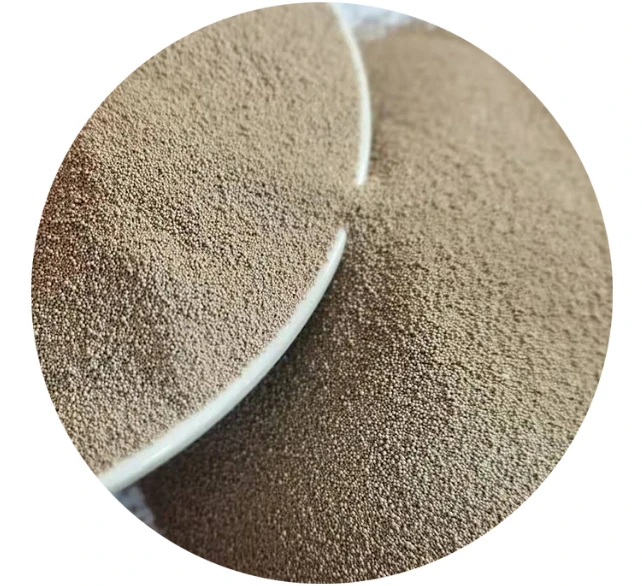

Checking the resin's surface for smoothness is as much about touch as it is about sight. Run your fingers lightly over the sanded surface; any rough patches signal the need for further sanding or a lower grit. A flashlight or direct light can also help highlight imperceptible scratch marks that need additional attention. Finishing the sanding process opens a path towards polishing. Using a quality polishing compound paired with a microfiber cloth, buff the surface in a circular motion. Polishing breathes life into your piece, enhancing transparency and shine, making it appear wet while still being dry. Avoid generic or overly abrasive polishing compounds which can etch the surface and undo the perfection crafted during sanding. Throughout the entire process, maintaining a clean work area cannot be overstated. Resin dust, although less hazardous than wood dust, can be irritating and mar the finish if settled onto your work. Employ consistent cleaning practices, like vacuuming and using damp cloths, to keep your workspace and piece pristine. Ultimately, sanding resin demands patience, precision, and practice. Your final piece is a reflection of each meticulous step undertaken during sanding and finishing. By accordantly following these expert methods, you'll ensure an authoritative and trust-driven approach to resin crafting, delivering results that not only look professional but also hold up against the scrutiny of experienced artisans and enthusiasts alike. Post time:फेब्रुवारी . 11, 2025 19:15
Next:can you sand resin
